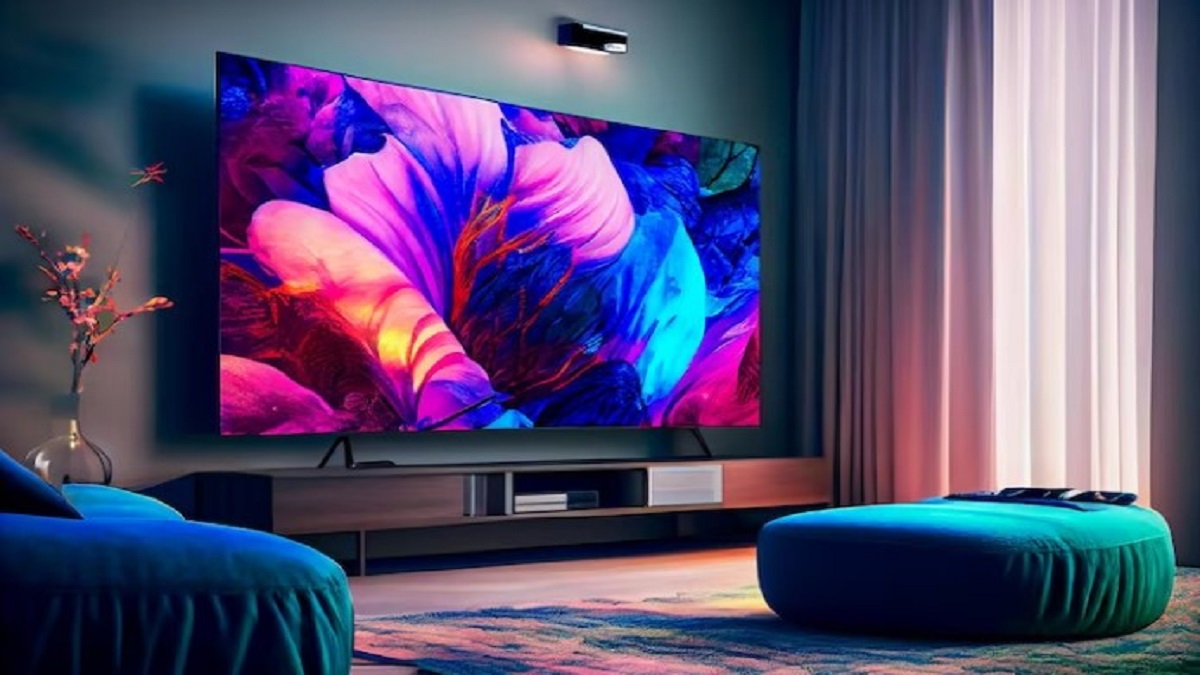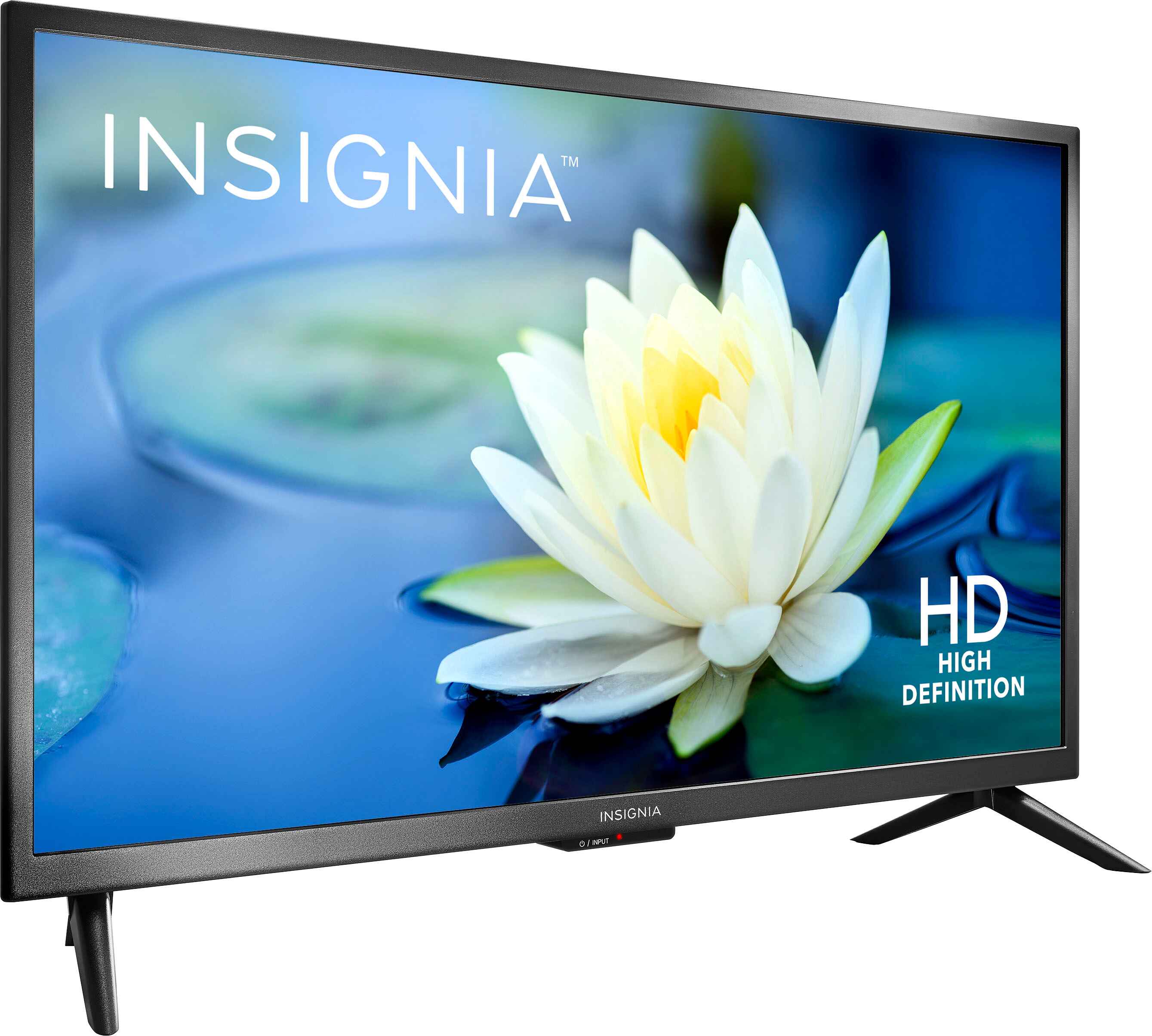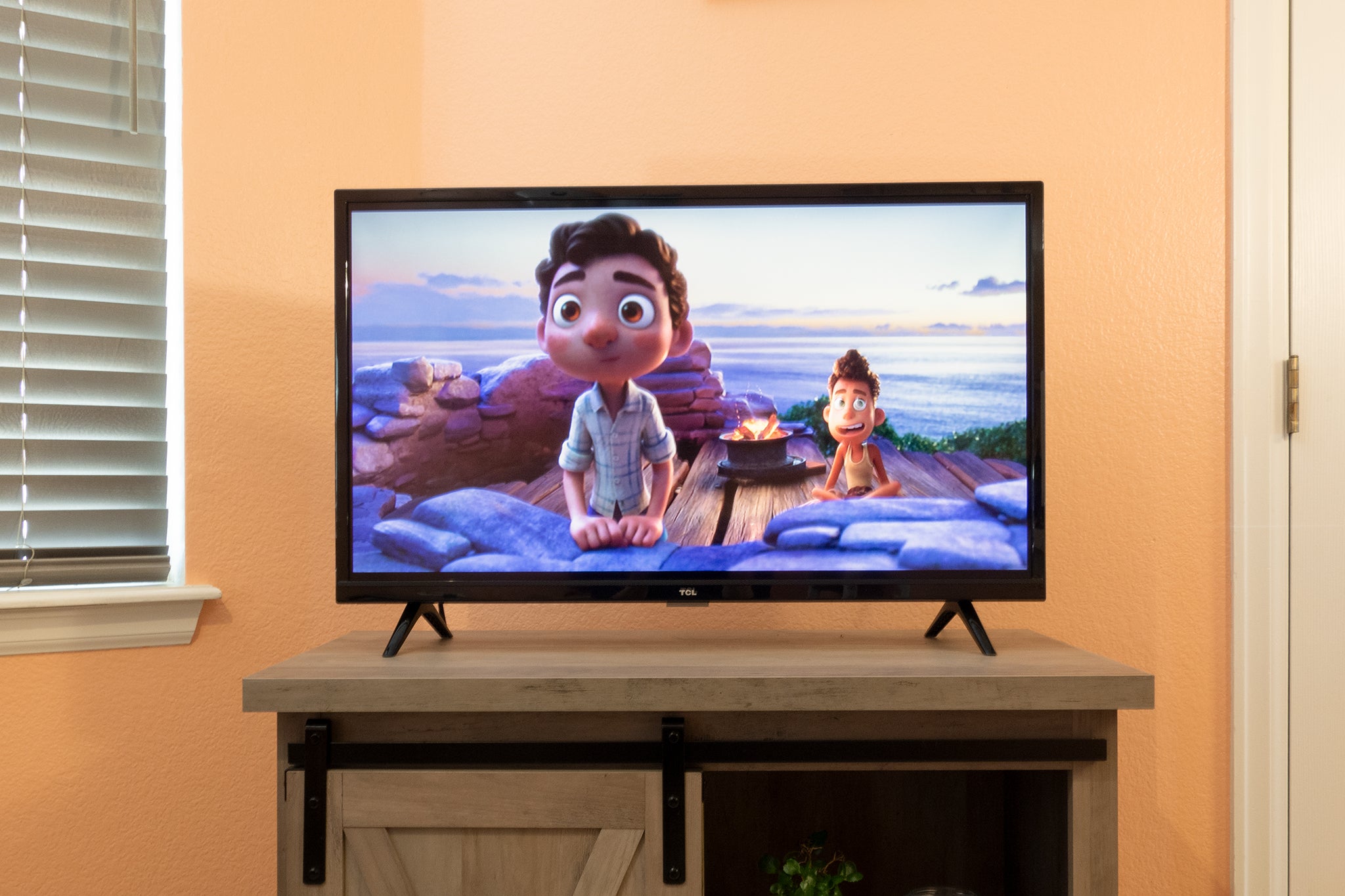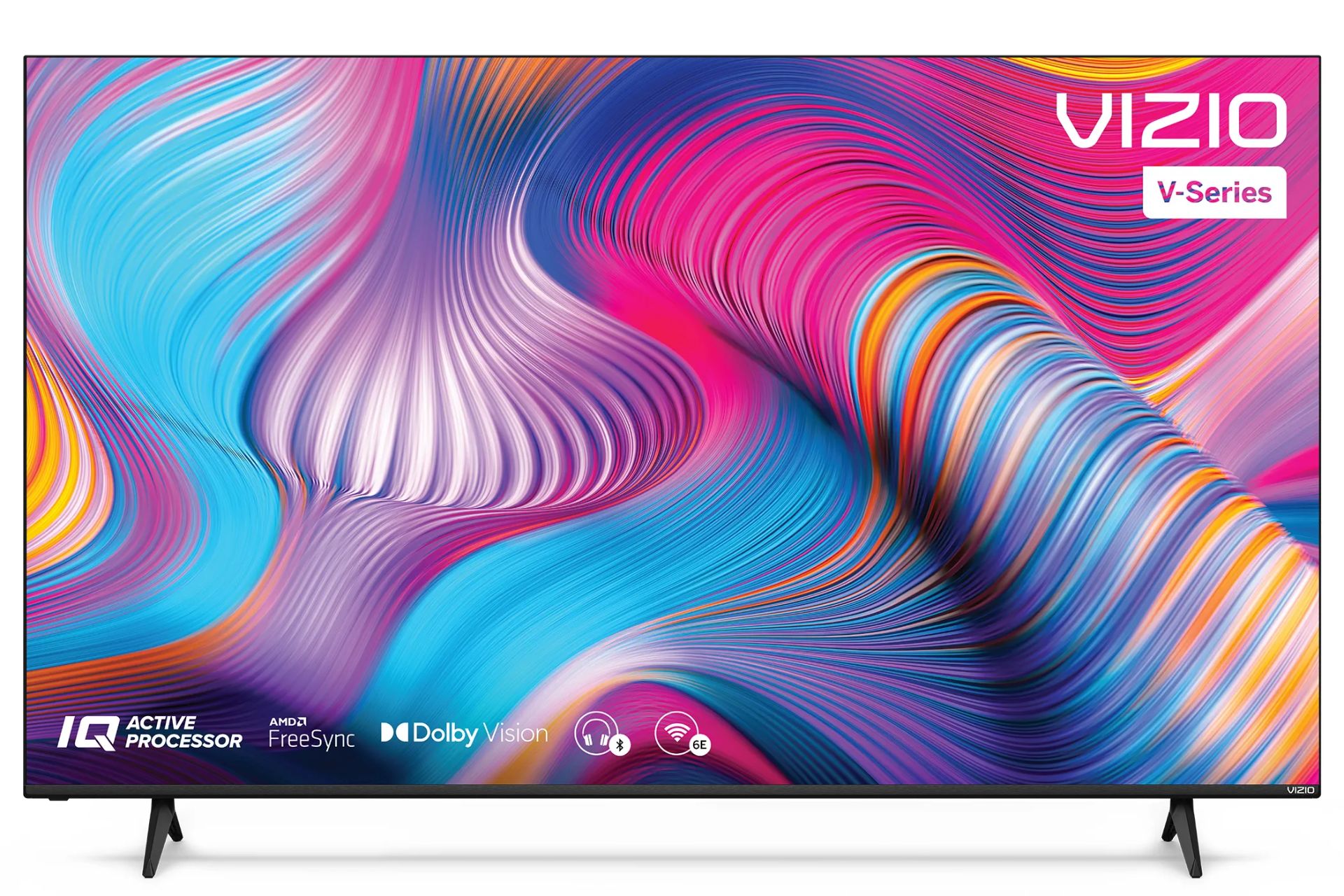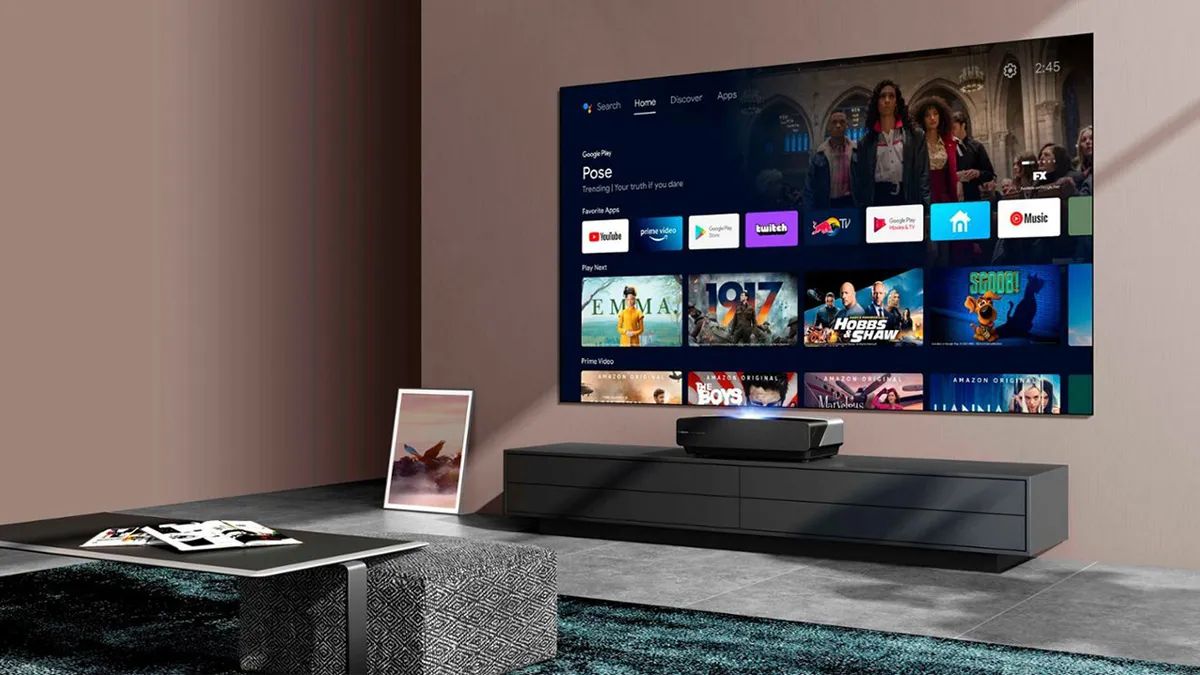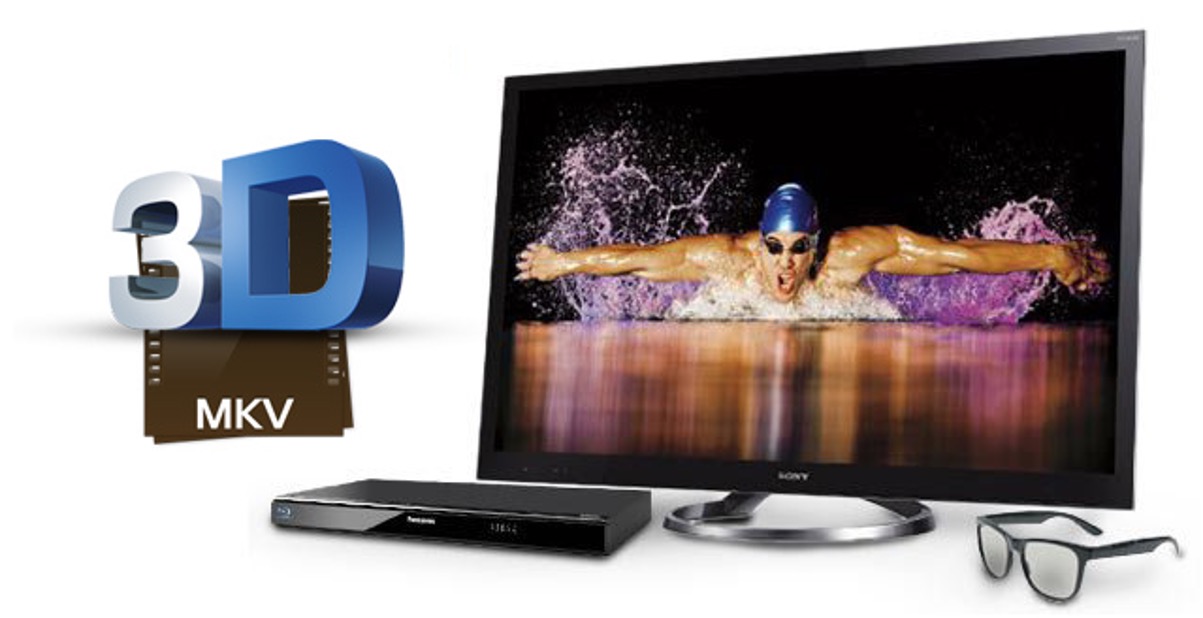Introduction
Welcome to the world of D LED TV! With advancements in technology, the way we enjoy television has evolved significantly. D LED TVs have rapidly gained popularity in recent years, promising a mesmerizing visual experience with their high-resolution display and innovative features. In this article, we will explore the concept of D LED TV, how it works, the advantages it offers, and factors to consider before purchasing one.
D LED, which stands for Direct LED, is a type of television technology that utilizes light-emitting diodes (LEDs) to illuminate the display panel. It has revolutionized the way we watch TV by delivering brighter, sharper, and more vibrant images. The D LED technology is known for its energy-efficient nature, slim design, and enhanced color reproduction capabilities.
So, how does a D LED TV work? Unlike traditional LCD TVs, D LED TVs have LEDs placed directly behind the display panel. These LEDs emit light uniformly across the entire screen, creating a more even and vibrant backlighting. The individually controlled LEDs also allow for more precise dimming and brightening of specific areas on the screen, resulting in better contrast and black levels.
The advantages of D LED TV are quite evident. Firstly, the high resolution and enhanced color accuracy provide a more immersive viewing experience. Whether you’re watching your favorite TV show, a blockbuster movie, or playing a video game, the D LED technology ensures every detail comes to life on the screen. Additionally, D LED TVs produce deeper blacks and brighter whites, thereby enhancing the overall visual quality.
D LED TVs also excel in terms of energy efficiency. The LEDs used in these TVs consume less power compared to traditional fluorescent backlights, which not only helps reduce electricity bills but also contributes to a greener environment. Moreover, the slim design of D LED TVs makes them aesthetically pleasing and allows for more flexibility in placement options.
Definition of D LED TV
A D LED TV, or Direct LED TV, is a type of television display technology that utilizes light-emitting diodes (LEDs) as the backlight source. This technology is an advancement over traditional LCD TVs, where the backlighting is provided by fluorescent lamps. With D LED TVs, the LEDs are placed directly behind the display panel, allowing for enhanced control over the brightness and contrast levels.
D LED TVs offer several advantages over other types of displays. One of the key benefits is the improved picture quality. The use of LEDs as the backlight source ensures brighter, crisper, and more vibrant images. The individually controlled LEDs allow for better dimming capabilities, resulting in deeper blacks and brighter whites. This enhances the overall visual experience and makes the images on the screen appear more lifelike.
Another advantage of D LED TVs is their energy efficiency. LEDs are known for their low power consumption, making D LED TVs more energy-efficient compared to other types of displays. This not only helps reduce electricity costs but also contributes to a greener environment.
D LED TVs also offer a slim and sleek design. The use of LEDs as the backlight source allows for a thinner profile, making the TV aesthetically pleasing and ideal for modern living spaces. Additionally, the slim design offers more flexibility when it comes to mounting options and placement within a room.
It is important to note that D LED TV is a subset of LED TVs. LED TVs, in general, include other display technologies such as edge-lit LED and OLED (Organic Light-Emitting Diode), but D LED TVs specifically refer to TVs with direct LED backlighting. While D LED TVs provide excellent picture quality and energy efficiency, they may be more expensive than other types of TVs. However, with the advancements in technology, D LED TVs have become more affordable and accessible to a wider range of consumers.
How does D LED TV Work?
D LED TVs, or Direct LED TVs, operate using a unique backlighting system that utilizes light-emitting diodes (LEDs) to illuminate the display panel. Unlike traditional LCD TVs, where the backlighting is provided by fluorescent lamps, D LED TVs have LEDs placed directly behind the screen. This placement allows for more control over the brightness and contrast levels, resulting in a superior visual experience.
When you turn on a D LED TV, the LEDs behind the screen emit light uniformly across the entire display panel. This uniform illumination ensures that every pixel on the screen receives the right amount of light, resulting in bright and vibrant images. The individual control of the LEDs further enhances the picture quality by allowing for precise dimming and brightening of specific areas on the screen.
D LED TVs typically use two different methods of backlighting: full-array and local dimming. In a full-array backlighting system, the LEDs are evenly distributed behind the entire display panel. This allows for consistent brightness and better contrast levels. On the other hand, local dimming technology divides the screen into multiple zones, with each zone having its own set of LEDs. By independently controlling the LEDs in each zone, the TV can achieve deeper blacks and more accurate contrast ratios.
To ensure that the images displayed on the screen are accurate and vibrant, D LED TVs also utilize color enhancement technologies. These technologies, such as quantum dot and wide color gamut, allow for a wider range of colors to be displayed, resulting in more lifelike and realistic visuals. The combination of precise backlight control and color enhancement technologies makes D LED TVs a popular choice among consumers looking for an immersive viewing experience.
Furthermore, D LED TVs are known for their energy efficiency. The LEDs used as the backlight source consume less power compared to traditional fluorescent lamps. This not only helps reduce energy consumption and lower electricity bills but also contributes to a more environmentally friendly option for consumers.
In summary, D LED TVs utilize light-emitting diodes to provide uniform backlighting for the display panel. The precise control over the LEDs allows for enhanced picture quality, including better brightness, contrast, and color accuracy. With their energy-efficient operation and advanced technologies, D LED TVs continue to set the standard for a captivating and immersive television viewing experience.
Advantages of D LED TV
D LED TVs, or Direct LED TVs, offer a range of advantages that make them a popular choice among consumers. From impeccable picture quality to energy efficiency, here are some of the key benefits of choosing a D LED TV for your entertainment needs.
1. Superior Picture Quality: One of the standout features of D LED TVs is their ability to deliver exceptional picture quality. The use of light-emitting diodes as the backlight source ensures brighter, clearer, and more vibrant images. The individually controlled LEDs allow for precise dimming and brightening, resulting in better contrast levels and deeper blacks. This enhanced picture quality provides a more immersive viewing experience, bringing your favorite movies, shows, and games to life.
2. Energy Efficiency: D LED TVs are renowned for their energy efficiency. The LEDs used as the backlight source consume less power compared to traditional fluorescent lamps used in LCD TVs. This not only helps reduce energy consumption and lower electricity bills but also contributes to a greener environment. By choosing a D LED TV, you can enjoy an immersive viewing experience without worrying about excessive energy usage.
3. Slim and Sleek Design: D LED TVs feature a slim and sleek design that adds a touch of elegance to any room. Since the LEDs are placed directly behind the screen, the TV’s profile is thinner compared to other types of displays. This slim design not only enhances the aesthetic appeal of the TV but also offers more flexibility when it comes to mounting options and placement within the room.
4. Enhanced Color Accuracy: D LED TVs utilize color enhancement technologies, such as quantum dot and wide color gamut, to deliver accurate and vibrant colors. These technologies expand the color palette, allowing for a wider range of colors to be displayed on the screen. The result is more lifelike and realistic visuals, making your viewing experience more enjoyable.
5. Wide Viewing Angle: D LED TVs typically offer a wide viewing angle, meaning you can enjoy clear and vibrant images from various positions in the room. This is particularly beneficial for larger spaces or when you have multiple viewers. With a D LED TV, everyone can have a great view of the screen without any loss in picture quality.
6. Long Lifespan: LEDs used in D LED TVs have a longer lifespan compared to traditional fluorescent lamps. This means that D LED TVs require less frequent replacement, saving you money in the long run.
In summary, D LED TVs offer superior picture quality, energy efficiency, a slim design, enhanced color accuracy, wide viewing angles, and a longer lifespan. Whether you’re a movie enthusiast, a avid gamer, or a casual viewer, a D LED TV can provide an immersive and visually captivating experience, making it a smart investment for your home entertainment setup.
Differences between D LED and Other TV Technologies
When it comes to choosing a TV, you have a variety of technologies to consider. Understanding the differences between D LED (Direct LED) TVs and other TV technologies can help you make an informed decision. Let’s explore some key distinctions:
D LED vs. LCD: The main difference between D LED and LCD (Liquid Crystal Display) TVs lies in the backlighting method. D LED TVs use LEDs as the backlight source, placed directly behind the display panel. On the other hand, LCD TVs use fluorescent lamps as the backlighting source, located at the edges or behind the panel. This gives D LED TVs more control over brightness and better contrast levels, resulting in enhanced picture quality.
D LED vs. OLED: OLED (Organic Light-Emitting Diode) TVs differ significantly from D LED TVs. While both technologies use LEDs, the key difference lies in the construction. D LED TVs use LEDs as a backlight, whereas OLED TVs have each pixel acting as its own light source. This means that OLED TVs can achieve true blacks as each pixel can turn off individually. On the other hand, D LED TVs offer better brightness levels and superior energy efficiency.
D LED vs. QLED: QLED (Quantum Dot LED) is another TV technology that is often compared with D LED. QLED TVs use quantum dot technology to enhance color reproduction, offering a wider color gamut. However, while D LED TVs rely on LEDs as the backlight source, QLED TVs still use traditional LEDs for backlighting. This results in enhanced colors on QLED TVs, but D LED TVs may offer better brightness and contrast levels.
D LED vs. Plasma: Plasma TV technology is a thing of the past, as it has largely been replaced by D LED and other technologies. Plasma TVs used a matrix of tiny gas cells to create images, while D LED TVs use LEDs to illuminate the display panel. D LED TVs tend to have better brightness, energy efficiency, and a longer lifespan compared to plasma TVs.
It’s important to consider your specific requirements and preferences when choosing between D LED and other TV technologies. If you prioritize superior brightness and contrast levels, D LED TVs are an excellent choice. However, if you prefer true black levels and infinite contrast ratios, OLED TVs might be a better fit. Similarly, if you desire a wider color gamut and enhanced color reproduction, QLED TVs could be worth considering. Ultimately, the decision depends on the balance of factors that matter most to you, including picture quality, energy efficiency, and budget.
Factors to Consider Before Buying a D LED TV
Investing in a D LED (Direct LED) TV can greatly enhance your home entertainment experience. However, before making a purchase, it is important to consider several factors to ensure that you choose the right TV that meets your specific needs and preferences. Let’s explore these factors in more detail:
1. Screen Size: Consider the size of the room where the TV will be placed, as well as your seating distance. Opting for a screen size that is too big or too small can affect your viewing experience. Decide on a suitable screen size that offers optimal visibility and immersion for your viewing needs.
2. Resolution: D LED TVs are available in various resolutions, including Full HD (1920×1080 pixels), 4K Ultra HD (3840×2160 pixels), and 8K Ultra HD (7680×4320 pixels). Higher resolution displays offer more detailed and crisp images. Consider your viewing habits and content availability to determine the appropriate resolution for your needs.
3. Smart Features: Many D LED TVs come with smart features that allow you to access streaming services, browse the internet, and download apps. Consider the smart features available and ensure they align with your preferences. Check for compatibility with popular streaming platforms and built-in Wi-Fi connectivity.
4. Connectivity Options: Evaluate the connectivity options available on the D LED TV, such as HDMI, USB ports, Bluetooth, and audio output. This will ensure compatibility with your other devices, such as gaming consoles, soundbars, and media players.
5. Audio Quality: While D LED TVs offer stunning visuals, audio quality is equally important for an immersive viewing experience. Consider the built-in speakers and audio technologies offered by the TV. If desired, you can also invest in a separate soundbar or home theater system for enhanced audio output.
6. Refresh Rate: The refresh rate refers to the number of times the display refreshes per second. A higher refresh rate results in smoother motion and reduces motion blur, especially for fast-action content such as sports and gaming. Consider a D LED TV with a higher refresh rate if you enjoy action-packed content.
7. Brand Reputation and Warranty: Research the reputation of different brands that manufacture D LED TVs and consider their customer service, reliability, and after-sales support. Additionally, check the warranty offered by the manufacturer to ensure that you are protected in case of any defects or issues.
8. Budget: Set a realistic budget based on your requirements and consider the features and specifications that align with it. While it’s tempting to opt for the latest and greatest, prioritize the features that matter most to you within your budget.
By carefully considering these factors, you can make an informed choice when purchasing a D LED TV that provides an immersive visual experience, seamless connectivity, and long-lasting entertainment enjoyment for years to come.
Tips for Maintaining and Cleaning a D LED TV
Proper maintenance and cleaning of your D LED (Direct LED) TV not only ensure optimal performance but also prolong its lifespan. Here are some essential tips to keep in mind:
1. Follow Manufacturer’s Instructions: Read and follow the manufacturer’s instructions for your specific model of D LED TV. These instructions provide valuable information about proper usage, cleaning techniques, and maintenance recommendations.
2. Turn Off the TV: Before cleaning your D LED TV, always turn it off and unplug it from the power source. This prevents any accidental damage to the TV or risk of electric shock.
3. Use a Soft Microfiber Cloth: For routine cleaning, use a soft, lint-free, and non-abrasive microfiber cloth. Gently wipe the screen and frame to remove dust, fingerprints, and smudges. Avoid using paper towels or rough cloths, as they can scratch the screen.
4. Avoid Harsh Chemicals and Liquids: Never use abrasive cleaners, solvents, or harsh chemicals on the screen. They can damage the protective coatings and lead to discoloration or scratches. Instead, dampen the microfiber cloth with distilled water or a mild screen cleaner specifically designed for TVs.
5. Clean in Small Circular Motions: When cleaning the screen, apply gentle pressure and clean in small circular motions. This helps to remove stubborn smudges without damaging the screen. Avoid excessive pressure as it can damage or distort the pixels.
6. Clean the Frame and Vents: Dust and debris can accumulate on the frame and vents of the TV, affecting ventilation and cooling. Use a soft brush or a microfiber cloth to gently clean these areas and ensure proper airflow to prevent overheating.
7. Keep Away from Direct Sunlight and Heat: Avoid placing your D LED TV in direct sunlight or near heat sources. Exposure to excessive heat can damage the components and affect the overall performance of the TV.
8. Regular Dusting: Regularly dust the entire TV using a soft cloth or a feather duster. This helps to prevent dust accumulation on the screen and other parts of the TV.
9. Handle with Care: When moving or repositioning your D LED TV, handle it with care. Avoid placing excessive pressure on the screen, as it can lead to cracks or damage.
10. Scheduled Professional Cleaning: Consider scheduling professional cleaning for your D LED TV every few years. Professionals have the right tools and techniques to clean the internal components and ensure optimum performance.
By following these tips, you can maintain a clean and well-functioning D LED TV, providing you with the best possible viewing experience for years to come.
Conclusion
D LED (Direct LED) TVs have revolutionized the way we enjoy television, offering superior picture quality, energy efficiency, and a sleek design. The use of light-emitting diodes as the backlight source provides brighter, crisper, and more vibrant images, creating an immersive viewing experience. With precise control over the LEDs, D LED TVs deliver deeper blacks, enhanced contrast levels, and accurate color reproduction.
One of the major advantages of D LED TVs is their energy efficiency, with LEDs consuming less power compared to traditional fluorescent lamps. This not only helps reduce electricity bills but also contributes to a greener environment. The slim and sleek design of D LED TVs adds a touch of elegance to any room and provides more flexibility when it comes to placement.
When purchasing a D LED TV, it’s important to consider factors such as screen size, resolution, smart features, connectivity options, audio quality, refresh rate, brand reputation, and budget. By taking these factors into account, you can choose a D LED TV that meets your specific needs and preferences.
To ensure the longevity of your D LED TV, it is crucial to follow proper maintenance and cleaning techniques. By using a soft microfiber cloth, avoiding harsh chemicals, and regularly dusting the TV, you can keep it in optimal condition. Handling the TV with care, avoiding direct sunlight and heat, and scheduling professional cleaning when necessary are also essential for its longevity.
In conclusion, D LED TVs offer a remarkable home entertainment experience, combining stunning visuals, energy efficiency, and sleek design. With the right choice and proper maintenance, a D LED TV can provide you with countless hours of immersive entertainment for years to come.







